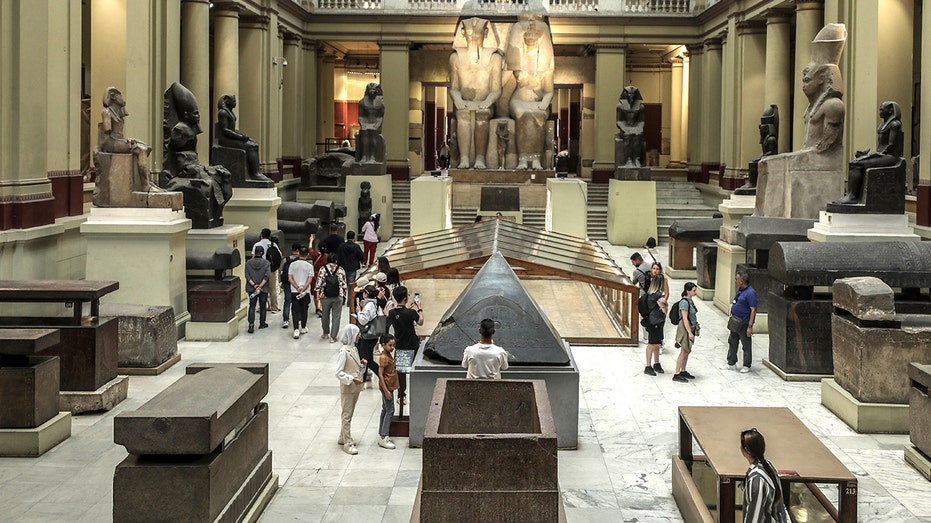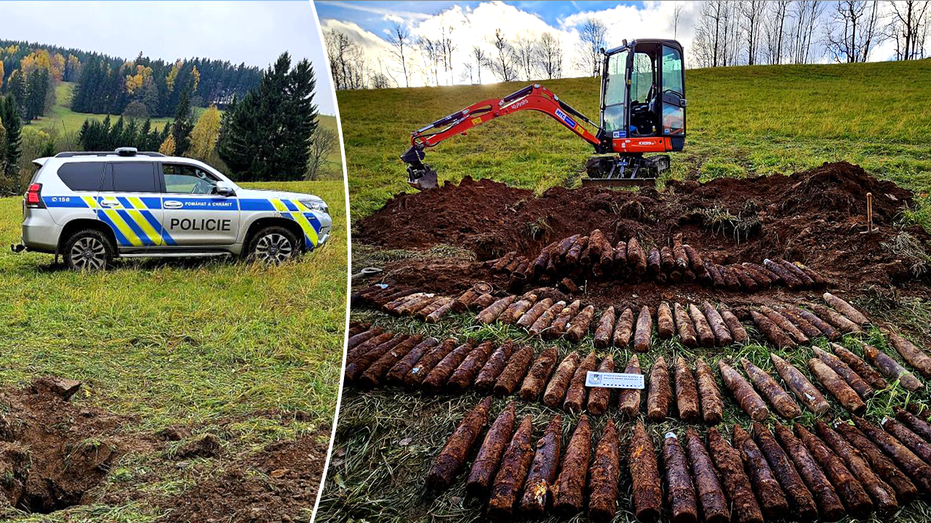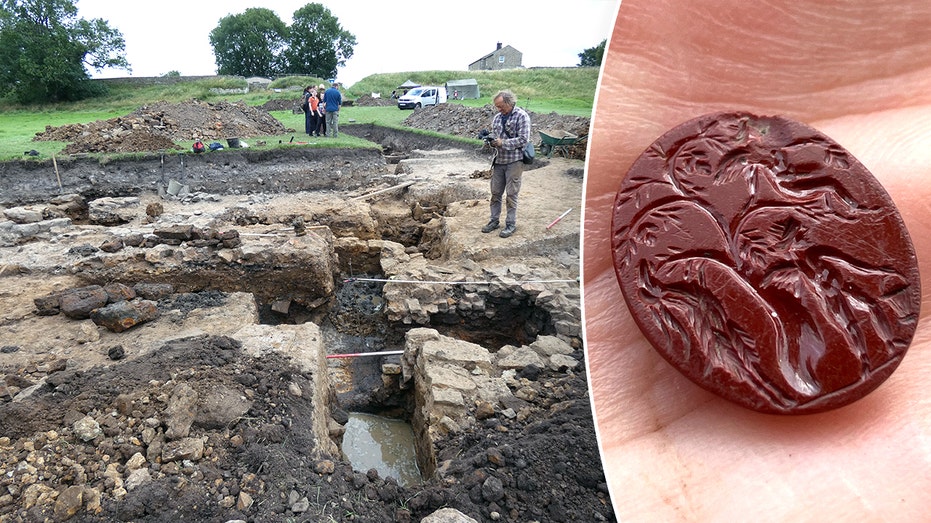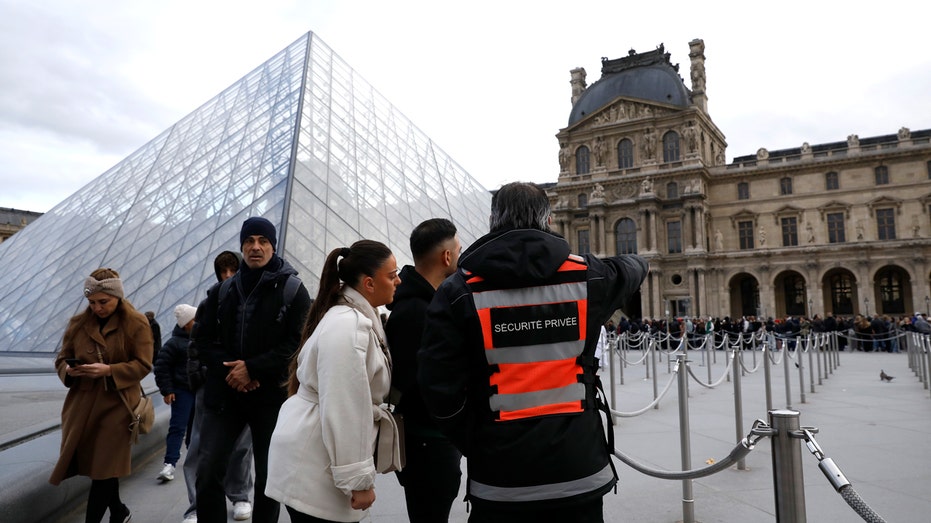When Priceless Becomes Scrap: The Hidden Crisis of Museum Artifacts Destroyed for Metal

Sarah Johnson
October 1, 2025
Brief
Analysis reveals how museum insider thefts that melt priceless artifacts represent systematic cultural erasure threatening humanity's archaeological record.
Opening Analysis
The recent theft and destruction of Pharaoh Amenemope's 3,000-year-old bracelet represents more than a simple museum heist—it exposes a troubling pattern of cultural erasure that threatens humanity's collective memory. While headlines focus on the $4,000 price tag that reduced priceless antiquity to scrap metal, the deeper crisis lies in how easily our shared heritage can be destroyed by those entrusted with its preservation.
The Bigger Picture
Museum thefts involving melted artifacts represent a particularly devastating form of cultural violence. Unlike stolen artworks that might resurface decades later, melted artifacts are permanently erased from the archaeological record. This practice has accelerated since the 19th century, when industrial-scale metalworking made destruction easier and more profitable.
The Egyptian Museum incident follows a disturbing historical pattern. The Golden Horns of Gallehus, stolen and melted in 1802, represented Denmark's most significant prehistoric artifacts—massive golden drinking horns weighing over 15 pounds that testified to sophisticated Bronze Age craftsmanship. Their destruction wasn't just theft; it was the deliberate obliteration of national identity symbols.
Similarly, the Childeric I treasure hoard, discovered in 1653 and stolen in 1831, contained over 176 pounds of 5th-century Frankish goldwork. These weren't merely valuable metals—they were primary sources documenting the transition from Roman Gaul to medieval Francia, containing unique insights into early medieval metallurgy, trade networks, and political symbolism.
What This Really Means
The Amenemope bracelet's destruction reveals systemic failures in how museums protect and value their collections. The piece belonged to a relatively obscure pharaoh from Egypt's Third Intermediate Period (993-984 B.C.), a politically fragmented era that modern scholars consider crucial for understanding how ancient civilizations adapted to climate change and political instability.
What makes this loss particularly devastating is the bracelet's rarity. Third Intermediate Period royal jewelry is exceptionally scarce—most examples come from tomb robberies rather than controlled archaeological excavations. Each piece provides irreplaceable data about royal workshops, trade connections, and artistic traditions during Egypt's "Dark Ages."
The theft pattern suggests insider knowledge. Restoration specialists possess intimate familiarity with security protocols, artifact values, and disposal methods. The Egyptian case mirrors the British Museum scandal, where a 20-year Greece and Rome department employee allegedly stole 1,800 artifacts over an extended period. These aren't opportunistic crimes—they're systematic exploitation of institutional trust.
Expert Perspectives
Dr. Monica Hanna, an Egyptian archaeologist who has tracked antiquities trafficking for over a decade, notes: "When museum employees destroy artifacts for metal value, it represents the ultimate betrayal of cultural stewardship. These individuals aren't just stealing—they're erasing history for people who will never know what they've lost."
Professor David Gill from the University of Kent, who has researched museum security extensively, explains: "The problem isn't just security technology—it's institutional culture. Museums often treat storage collections as secondary to display pieces, creating opportunities for insider theft. Staff may handle artifacts worth millions while earning modest salaries, creating dangerous temptations."
Dr. Erin Thompson, art crime expert at John Jay College, adds: "Melted artifacts represent the worst-case scenario for cultural heritage. Unlike stolen art that might be recovered, these pieces are gone forever. Each destruction eliminates data points that future researchers might need to understand everything from ancient trade routes to technological development."
Data & Evidence
The scale of museum insider theft is difficult to quantify because institutions rarely publicize incidents. However, available data suggests the problem is growing:
- The British Museum's 2023 scandal involved 1,800+ artifacts stolen over at least 5 years
- Interpol's Works of Art database contains over 52,000 stolen artifacts, with museums representing 15% of reported thefts
- A 2022 UNESCO report found that insider theft from museums increased 40% since 2015
- Only 8% of stolen museum artifacts are ever recovered, compared to 15% of privately stolen art
The economic disparity is striking. The Amenemope bracelet's $4,000 melt value represents roughly 0.01% of its actual cultural value. Similar disparities appear throughout museum theft history—the Golden Horns contained approximately $300,000 worth of gold (in today's values) but represented priceless cultural heritage.
Looking Ahead
This incident will likely accelerate several concerning trends. First, museums may become increasingly reluctant to display or even store certain types of artifacts, particularly small metal objects that are easily melted. This could lead to "cultural triage" where institutions prioritize protecting easily securable items over historically significant but vulnerable pieces.
Second, the destruction pattern may expand beyond traditional targets. While gold artifacts face obvious risks, bronze, silver, and even copper pieces could become targets as metal prices rise and security remains lax. This threatens entire categories of artifacts—coins, jewelry, tools—that provide crucial archaeological data.
Third, the black market for melted antiquities may become more sophisticated. Criminal networks could develop specialized "laundering" operations that systematically target museum storage facilities, melt artifacts, and introduce the metal into legitimate supply chains. This would make detection nearly impossible.
The Bottom Line
The Amenemope bracelet's destruction represents more than a single theft—it's a symptom of how modern society fails to value its cultural heritage until it's gone. When a 3,000-year-old royal artifact can be reduced to scrap metal for the price of a used car, we must question not just museum security but our entire approach to preserving human history. Each melted artifact is an irreversible loss that diminishes our ability to understand the past, contextualize the present, and inform the future. Without fundamental changes in how museums protect, document, and value their collections, we risk entering an age where more of humanity's material heritage exists in photographs than in reality.
Topics
Editor's Comments
What strikes me most about this pattern is how it mirrors broader societal devaluation of expertise and institutional knowledge. When a restoration specialist—someone trained to preserve history—becomes its destroyer, we're witnessing more than individual criminality. We're seeing the collapse of professional ethics in institutions that have failed to adapt to modern security challenges while maintaining their educational missions. The real scandal isn't that these thefts occur, but that museums worldwide continue operating with 19th-century security models in a 21st-century threat environment. Each melted artifact represents not just cultural loss, but institutional failure to recognize that preservation requires more than climate control and cataloging—it demands recognizing that human knowledge and material heritage are equally irreplaceable.
Like this article? Share it with your friends!
If you find this article interesting, feel free to share it with your friends!
Thank you for your support! Sharing is the greatest encouragement for us.






